We are excited to have Amanda Green and Julie Arsenault join us as guest writers. Please scroll to the bottom of this post to learn more about Amanda and Julie.
I love science, and the only thing I love more than teaching science is teaching and learning about space. My name is Amanda Green, and I am a middle school science teacher in Beaumont, Alberta, Canada. I work alongside my colleague and friend, Julie Arsenault, from Edmonton. We enthusiastically share our love of science and space and often collaborate and share ideas for lessons, activities, and just getting nerdy.
Over the past few years we have both participated in the Canadian Space Agency/ Let’s Talk Science Tomatosphere project several times. It is a fantastic experiment where kids from across Canada and the United States compare germination rates of two groups of tomato seeds: one control and one that has been either onboard the International Space Station or exposed to a simulated space environment. We have used this project to kick off the school year with the scientific method and to have plants thriving in our classrooms all year long.
THE PILOT
In 2016/2017 I started with my class by using notable Twitter accounts – SpaceX, NASA, The Mars Generation, and Astronaut Abby, for example – these accounts helped us to keep up with all of the exciting innovations in science and technology. Throughout this process, the name Wieger Wamelink kept coming up as someone who had been growing plants in impressive simulated Martian conditions in the Netherlands. These experiments made me think about the connection between our Tomatosphere experiment, my favorite movie/book The Martian, and the educational value of doing a similar project with our students. I was curious to figure out how we could marry science and science-fiction in an authentic and meaningful way.
The Martian Garden produces Mars simulant soil from ground up, sterilized lava rock that closely resembles Martian soil based on its texture and chemical composition. One major problem is that the soil is quite expensive, especially to ship all the way up to Edmonton. However, I was able to convince my school administration to fund a small pilot project. This sparked some discussion with my students and, after researching various possibilities, we planted some of our Tomatosphere space seedlings in Earth soil, Mars simulant soil, and Mars simulant soil with a variety of fertilizers.
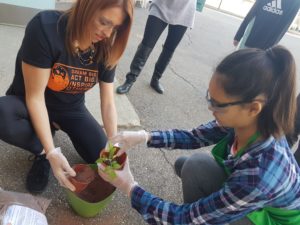 By watching our plants grow throughout the school year, we were able to observe many changes that fueled many ‘teachable moments’ and discussions in our classroom. As our hypothesis predicted, the plants grown in plain Martian soil control was not as visibly healthy as the plants grown in other soil variants. They were thin, pale, and less lush than the other plants, and they died before they could produce any flowers. While this was a great initial experiment, we knew that what we needed to gather more significant data as replication for each variable tested. In order to have more replicates, we needed more soil.
By watching our plants grow throughout the school year, we were able to observe many changes that fueled many ‘teachable moments’ and discussions in our classroom. As our hypothesis predicted, the plants grown in plain Martian soil control was not as visibly healthy as the plants grown in other soil variants. They were thin, pale, and less lush than the other plants, and they died before they could produce any flowers. While this was a great initial experiment, we knew that what we needed to gather more significant data as replication for each variable tested. In order to have more replicates, we needed more soil.
COLLABORATION AND FUNDING
One of the fantastic things about this age of social media is that it makes reaching out and finding like-minded people much easier than in the past. Julie and I met at a Science Teaching Conference and kept track of each other’s classes via Twitter. We have forged a very productive working relationship, in addition to our friendship, and we often brainstorm and troubleshoot projects we are doing in our classes. Julie was intrigued by our initial experiments and was eager to get on board with future work. We researched possibilities and collaborated to find a solution to our financial concerns for expanding the initial project. Together we applied for and received a Devon Science Giants Grant, allowing us to purchase more soil and any additional supplies needed to take our project to the next level and to ensure we could produce valid and reliable results.
THE MARTIAN GARDEN PROJECT
As the 2017/2018 school year began, Julie and I prepared to make our Martian Garden the centerpiece for instruction throughout our year. Although we teach different grade levels, we have both found ways to weave a Martian survival theme into most topics covered in our respective science curricula, valuing the real-world application it brings. We have brought in experts, and have had students brainstorm questions and continue to research all that is required to prepare a human mission to Mars. Our students have been excited to discover more about what it would take to survive this journey!
Our classes have now completed the transplanting phase of our experiments. Our Tomatosphere seedlings have been transplanted into either Earth or Mars simulant soil, and, in addition to control groups for each type, we’ve included some test groups with various fertilizers added to the soils. Inspired by The Martian, one student brought in manure for us to mix in with our soil (I think our room smelled for a few days after that), and Julie’s class wanted to try mixing some Earth soil with Mars simulant soil to “infect” it with plant-friendly soil bacteria. Our students feel like they’re a part of something bigger than just our classroom; they feel like they’re a junior high version of Mark Watney, trying to find ways to grow plants on a planet where nothing grows.
In addition to the variations in soil, we are testing another variable across our two classrooms – the source of light. My classroom has only one window so we will be using shelving with grow lights as our primary source of light, whereas Julie’s classroom has a large bay window so her class’s plants will have natural light as their primary source.
At this point our observations are largely qualitative, but we have noticed that tomatoes grown in Mars simulant soil have a red/purple hue to their stems. Julie’s class has also noticed that the plants in Earth soil are growing taller and are healthier overall (her class has not added fertilizers yet, as they are trying to see if there is a marked difference in plain soil first). As we continue to gather quantitative data, we are looking forward to seeing what explanations our students come up with to explain their observations.
In addition to our Science curriculum, we will be using this project to fuel discussions and examples in other subject disciplines as well. We will be graphing and analyzing results, designing 3-D models of Mars habitats, developing charters and laws needed for settling a new planet, and more. We will be meeting with experts and innovators in various relevant fields throughout the school year so students can get feedback and input from those “in the know.”
THE MARS GENERATION
Julie and I have both been following Astronaut Abby and her work with The Mars Generation for some time now, and we are proud to support such a positive and important initiative. Students learn better and work harder when they can see how their work can impact their world, and with all of the exciting research and technology pointing humanity towards space travel and colonizing Mars, we are hoping to inspire our own “Mars Generation.” Whether it be as an astronaut, engineer, computer scientist, or botanist, the possibilities for our students to one day contribute to humankind’s journey further into space are endless and we are so excited to be a small part of this journey.
About #2MartianTeachers
Amanda Green
Inspired by her nature-loving family and enthusiastic science teachers, Amanda graduated from the University of Alberta in 2001 with a BEd. in Biological Sciences and Social Studies. She is a passionate educator who has been teaching middle school Science, Mathematics and Robotics/Technology in both English and French for the majority of her career. She is currently the Science Department Head at Ecole Coloniale Estates School in
Beaumont, Alberta, Canada and is dedicated to bringing science to life with authentic lessons that weave STEM concepts and her interests in space and biology into almost everything. https://sites.google.com/gshare.blackgold.ca/green/home
Julie Arsenault
After earning her BSc. and MSc. in Microbiology and Biotechnology from the University of Alberta, Julie developed a passion for teaching and entered the Secondary Education After Degree program. Julie has been teaching science with Edmonton Public Schools since 2002 and enjoys bringing vast and varied experiences into the classroom (and beyond) to help students make authentic connections to their world. Project Based Learning, STEM, and Place-Based Learning are large components of her junior high (grades 7-9) science classes. A strong believer in the power of collaboration, Julie has presented her work at conferences for ATA Science Council, Edmonton Regional Learning Consortium and Greater Edmonton Teachers Convention, and has consulted with Nelson Publishing. https://sites.google.com/a/epsb.ca/mrs-arsenault-s-nerdy-world-of-science/

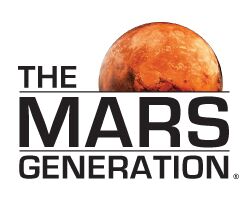
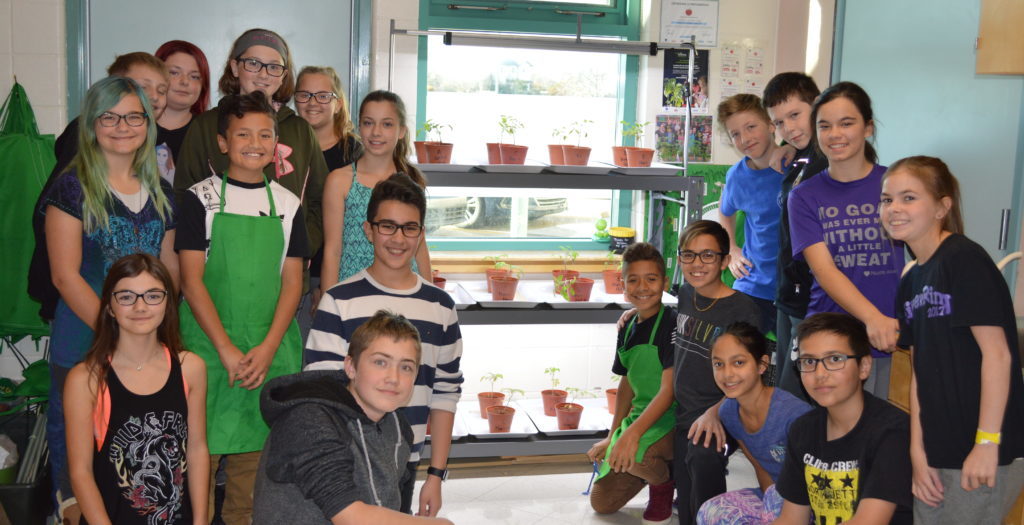
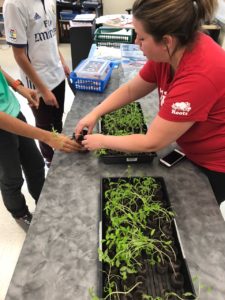
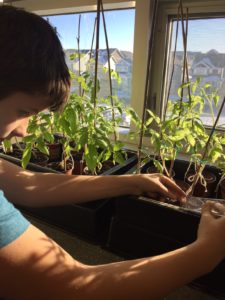


Leave a Reply